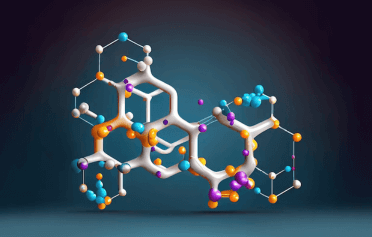Question
a.
operation code, low order byte of data/address and high order byte of data / address
b.
low order byte of data / address, high order byte of data / address and operation code
c.
high order byte of data / address, low order byte of data / address and operation code
d.
high order byte of data / address, operation code and low order byte of data / address
Posted under Electronics and Communication Engineering
Interact with the Community - Share Your Thoughts
Uncertain About the Answer? Seek Clarification Here.
Understand the Explanation? Include it Here.
Q. In a 3 byte instruction of 8085, the first, second and third byte respectively indicate
Similar Questions
Explore Relevant Multiple Choice Questions (MCQs)
Q. In 8085 stack pointer is
View solution
Q. Consider the following rules in Fortran
1. A signed or unsigned real variable name or a real constant is a real expression.
2. Two real expressions connected by an arithmetic operator is a real expression.
3. A real variable or constant exponential by an integer constant or integer variable is not valid.
Which of the above are correct?
View solution
Q. Machine cycle is always the same as instruction cycle.
View solution
Q. Which of the following is true?
View solution
Q. Which addressing mode is suitable only for these instructions in which there is only one operand?
View solution
Q. Assertion (A): Microprocesspr 8085 has six 8 bit registers B, C, D, E, H L.
Reason (R): B - C, D - E, H - L may be combined to form register pairs to hold 16 bits data.
View solution
Q. In 8085 microprocessor with memory mapped I/O which of the following is true?
View solution
Q. Which of the following 8 bit microprocessors has maximum addressing modes?
View solution
Q. Java variables are called
View solution
Q. Consider the real expression in Pascal language
((X * Z) + Y/(M * P + K) + X)/Y + Y)
What would be evaluated first
View solution
Q. 8 bit data can have 256 numbers ranging from 00000000 to 111 111 11.
View solution
Q. If N = 196, the result of the following program will be
INTEGER N, DIGIT 1, DIGIT 2, DIGIT 3,
SUM
READ*, N
DIGIT 1 = N - (N / 10)* 10 N = N / 10
DIGIT 2 = N - (N / 10)* 10 N = N / 10
DIGIT 3 = N - (N / 10)* 10
SUM = DIGIT 1 + DIGIT 2 + DIGIT 3
View solution
Q. In 8085, which of the following registers cannot be paired?
View solution
Q. If the mantissa has a sign bit of 0 and the exponent is changed from a negative number to a more positive number the result is
View solution
Q. Which of the following statements in FORTRAN 77 is non executable?
View solution
Q. A blank EPROM has
View solution
Q. The proper exponential form of - 0.0032 in FORTRAN 77 is
View solution
Q. Which of the following integer expressions is correct in Pascal?
View solution
Q. An advantage of memory interlacing is that
View solution
Q. The number of operator to accomplish basic arithmetic in Java is
View solution
Recommended Subjects
Are you eager to expand your knowledge beyond Electronics and Communication Engineering? We've handpicked a range of related categories that you might find intriguing.
Click on the categories below to discover a wealth of MCQs and enrich your understanding of various subjects. Happy exploring!








